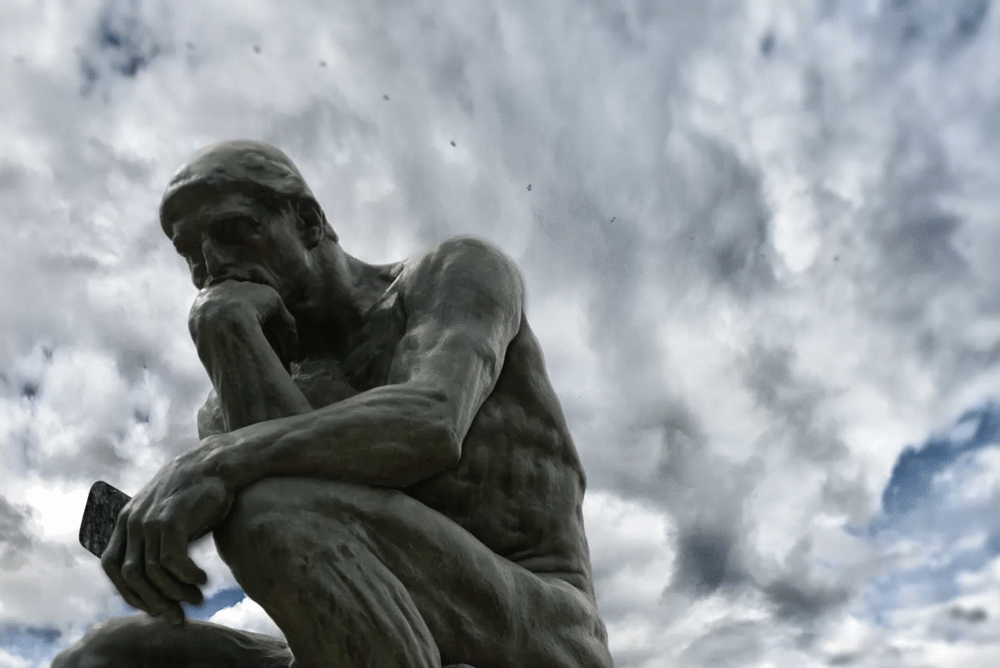A few months ago, I wrote a post about falling marriage rates and the possible link to religion: “Marriage rates are falling. Is the decline of religion to blame? (behind paywall).
But when I read over those graphs I think I had a big blind spot — gender.
Obviously marriage rates aren’t the same for men and women for a wide variety of reasons. For instance, an article in the New York Times in late July was focused on how online communities have sprouted up to help other women know that specific men they find on dating apps are safe to be around.
Dan Cox, from the American Enterprise Institute did some polling and found that younger women (18-29) were significantly more likely to report that they were single in 2022 compared to 2020 (45% vs 38%). And a book published in 2015 called, “Date-onomics: How Dating Became a Lopsided Numbers Game,” found that educated women just didn’t have that many options when it came to finding a potential mate because the share of men going to college has declined sharply in recent decades.
So, I wanted to explore that gender gap on marriage a bit. But also I wanted to see how all of that related back to religion.
I think it goes without saying that lots of people have found their current spouse at a house of worship. But is being single driving women further away from religion than unmarried men? These are questions worth some analysis and reflection.
Let’s start with the broadest question: are women more likely to report that they have never been married compared to men?
In 2008, about 20% of all women in the sample reported that they had never been married — it was 30% of all men. That’s not a small gap and it’s persisted for the entire length of the Cooperative Election Study. Both trend lines have slowly edged up every year.
However, I would be remiss to point out that the line for women has stayed relatively stable beginning in about 2018 when 26-27% say that they were never married.
For men, the number continues to climb. In the most recent data collected from 2022, about 37% of men say that they have never been married. The overall conclusion is pretty unmistakable: singleness is on the rise for both men and women, but women are still 8-10 points less likely to never be married.
This is clearly a function of age, of course. Older people have just had more opportunities to get married compared to younger ones.










